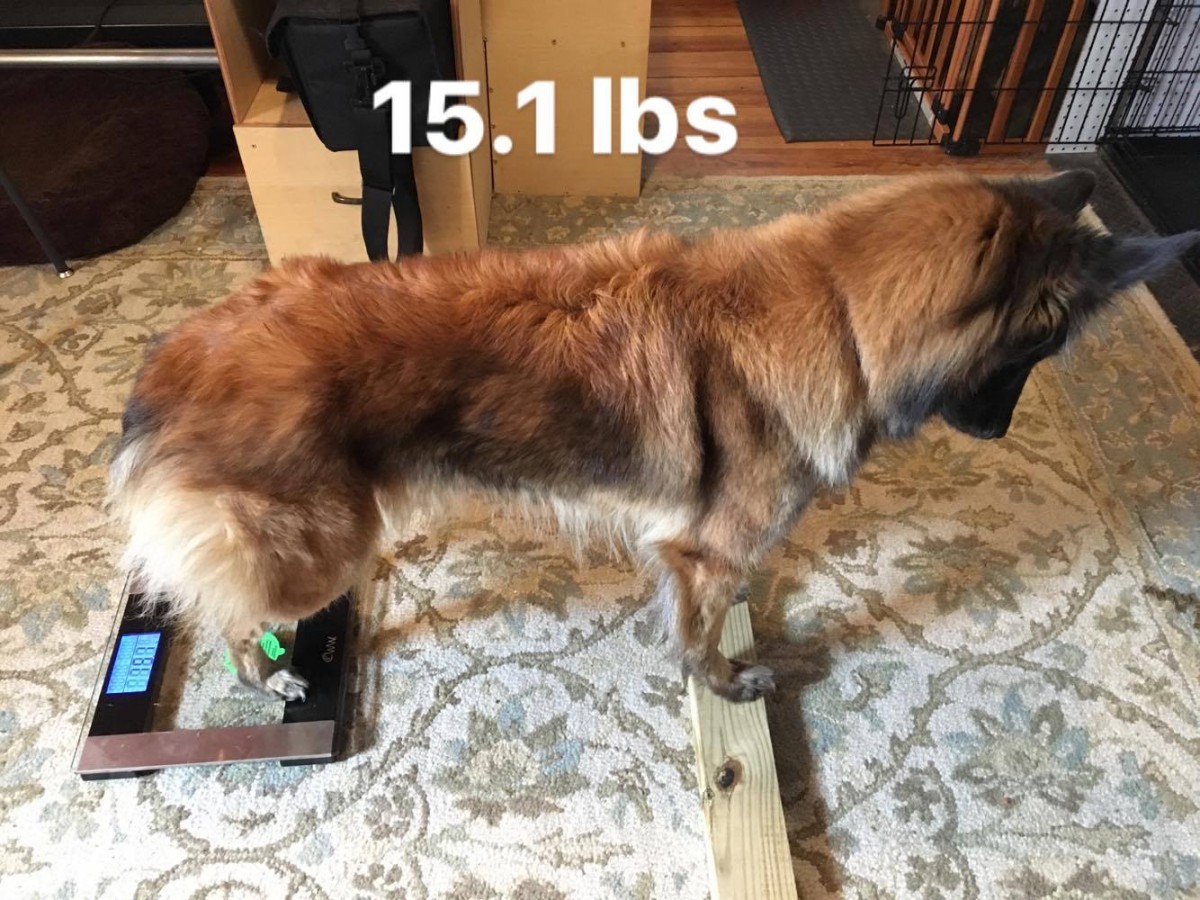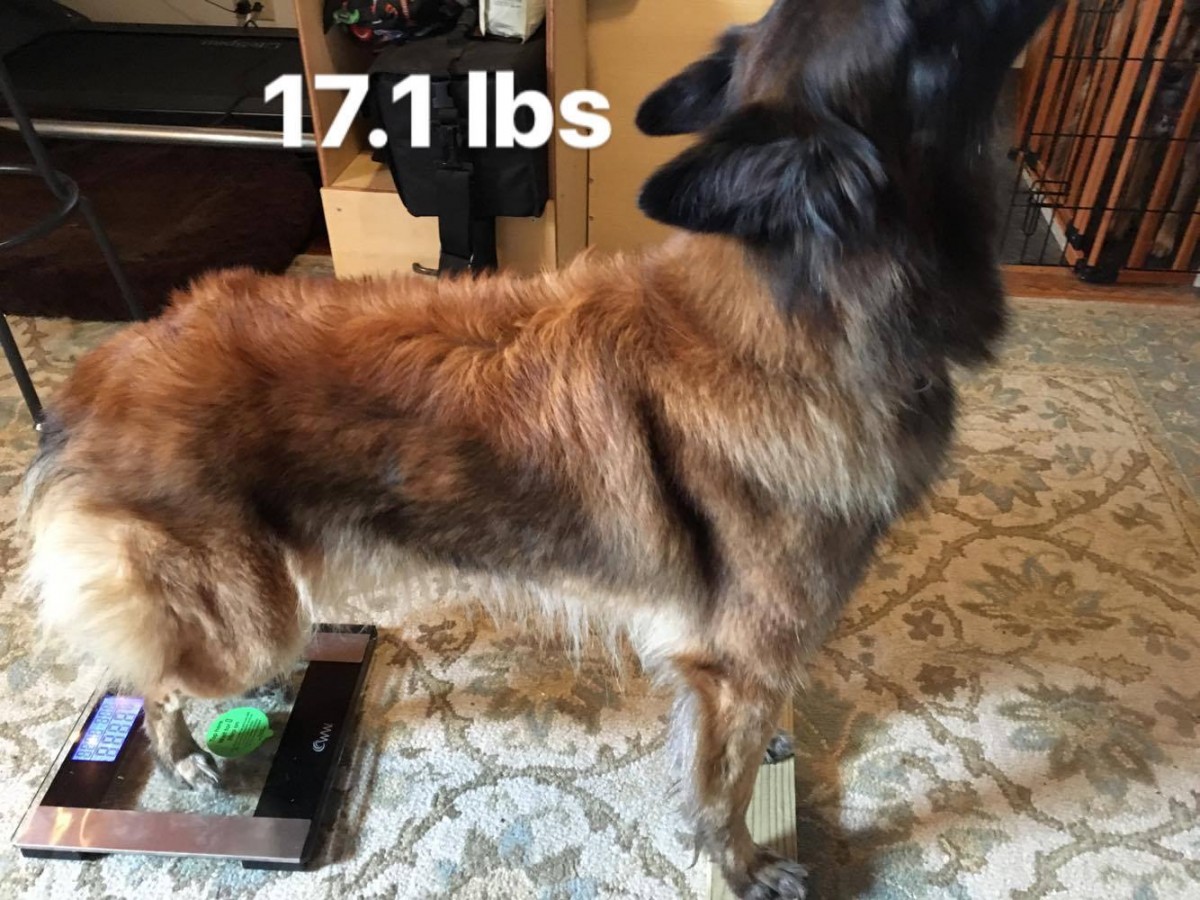This is going to be geeky to the extreme, and I am completely unapologetic!
Beautiful heeling is a highly subjective thing. Everyone has their own aesthetic sense of what “beautiful” means… their own picture in their mind of perfect heeling.
And that’s totally fine! The scoring in most sports where heeling is featured has enough wiggle room to let each competitor train for their own personal style.
In fact, that’s 100% what I recommend that you do yourself. Train for what looks good to you, don’t worry about your friends, other competitors, or even the judge. Especially the judge! Every judge is going to have his or her own picture in their mind of what perfect heeling looks like (hopefully within the bounds of what the rulebook says), and each one is going to be a little different. It’s impossible to please everyone, so just train to please yourself and you and your dog will be much happier!
Of course, for many of us, that personal mental picture doesn’t quite match what behavior the dog is giving us. I have personally had that experience, and many of my students as well. Indeed, that’s kind of the point of training, isn’t?
For many of us, the most beautifully heeling teams feature a combination of precise and accurate position, and also a lot energy and animation from the dog while performing in that position.
Yes, I like a little flash. So sue me.
The features that we see in the behavior that we perceive as flashy are usually:
- Higher head position
- Rhythmic trot
- Higher steps with the front legs
And truthfully, some dogs come with this movement pattern already on board. I have one in my house. I wish I could take credit for his flashy heeling, but really he came with most of it.
However, the remaining dogs in my house did not. (*sigh*) And having had that style of heeling once, I find myself unable to settle for anything less. So what can I do with my training to bring what I’ve got closer to that ideal.
Looking at the list of characteristics we usually identify as being features of flashy heeling, it’s easy to get hung up on the head position and front leg movement… it seems fairly obvious that this is a critical component of that heeling behavior we want to train.
But after watching many, many teams heeling… good, bad, and everything in between. I realized that the head position is actually not the determining factor. In fact, the more teams I watched, in person and on video, especially on slow motion video, it becomes more clear that the head position is actually just a side effect of something else.
Just like with horses, fixing the head into the “ideal” position without addressing the rest of the body, may give us the initial picture that we are looking for, but it doesn’t hold up when the animal starts moving.
We need to start with the rear end.
The dogs that consistently maintain that accurate and enthusiastic, flashy heeling behavior all tend to be very good at the movement skill of collection.
Collection means (roughly) that the dog has shifted more of his weight onto his rear end. So instead of the front end carrying most of the body weight and the rear legs just kind of dangling along behind, the dog shifts his weight backward so that half or more weight is actually carried by the rear legs as he’s walking and trotting in heel position.
Now considering that the average dog just standing around will carry something like 60% of his body weight with his front (or more) and only 40% (or less) with his rear, suddenly changing that proportion puts a strain on those muscles.
And that is a big part of what makes maintaining that attention heeling so hard. Yes, the neck does extend somewhat to raise the head, but that’s not as physically demanding as suddenly carrying twice as much weight on muscles that aren’t used to it… the muscles of the lower back, rump, and thighs.
I’ve observed this anecdotally for a while, but didn’t really have any good way to show this objectively. But now, since I’m avoiding doing my taxes, I decided to do a little experiment!
So I took my girl, Spark, my bathroom scale, and a piece of 2×4 which is roughly the same height as my bathroom scale.
First I weighed the dog by having her sit on the bathroom scale: 37.5lbs (as expected from recent vet visit)
Then I placed the scale and 2×4 so that she could stand comfortably with front feet on one object and rear feet on the other. The piece of wood meant she was standing relatively level with all 4 feet at the same height (within a few millimeters).
This let me weigh only her front end (so front feet on scale, rear feet on wood): 22.4lbs
With rear feet on the scale and front feet on the board: 15.1lbs
This is convenient, because the numbers add up! (Yay! I love when science does that!)
Giving me:
Front end (22.4) + Rear end (15.1) = Whole dog (37.5)
And the percentages break down to roughly (I’m rounding)
Front end = 60%
Rear end = 40%
Yay! Again the math works!
Ok, so now I started targeting her head up… and look what happens:


With her head targeted at roughly the same angle I’d train for when heeling, the scale now reads 17.1lbs. An increase of 2lbs! That’s significant. When standing with her head up, she’s now carrying over 13% more weight on those muscles than when standing with her head down.
I was impressed, so I repeated all of these measurements 3 times, and go the same numbers for all of the neutral weights, and the head-lifted weight was consistently about 16.5-17.5lbs, depending predictably on the height of the target.
So this is both cool and helpful (but mostly cool), because it confirms that the rear end is relevant in training head position for heeling, and that changes how we might approach our training plan.
Knowledge is power!
